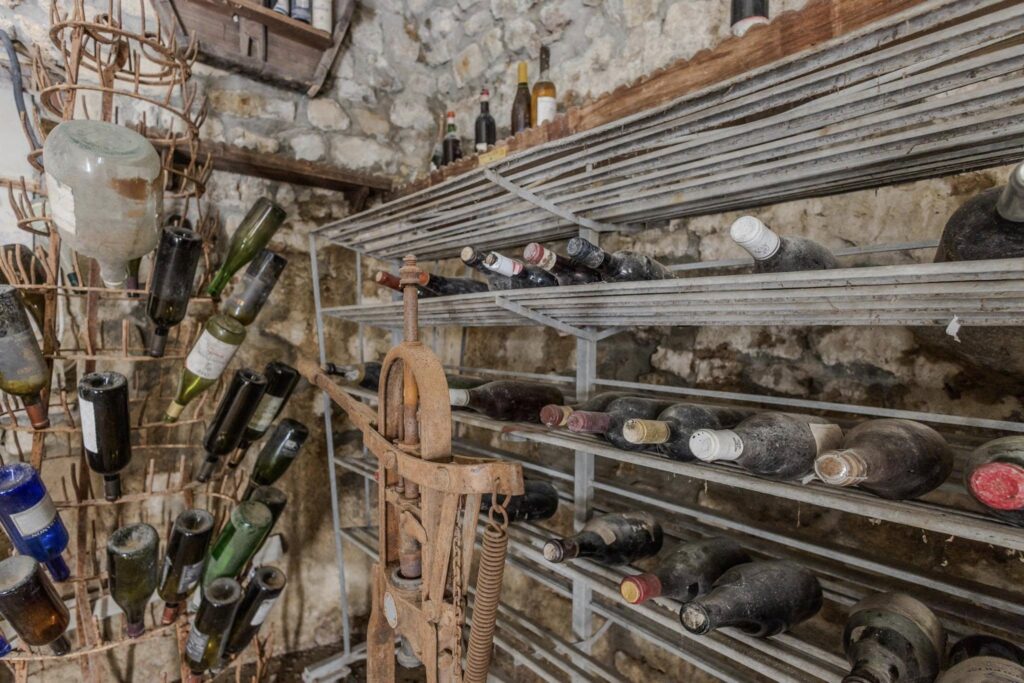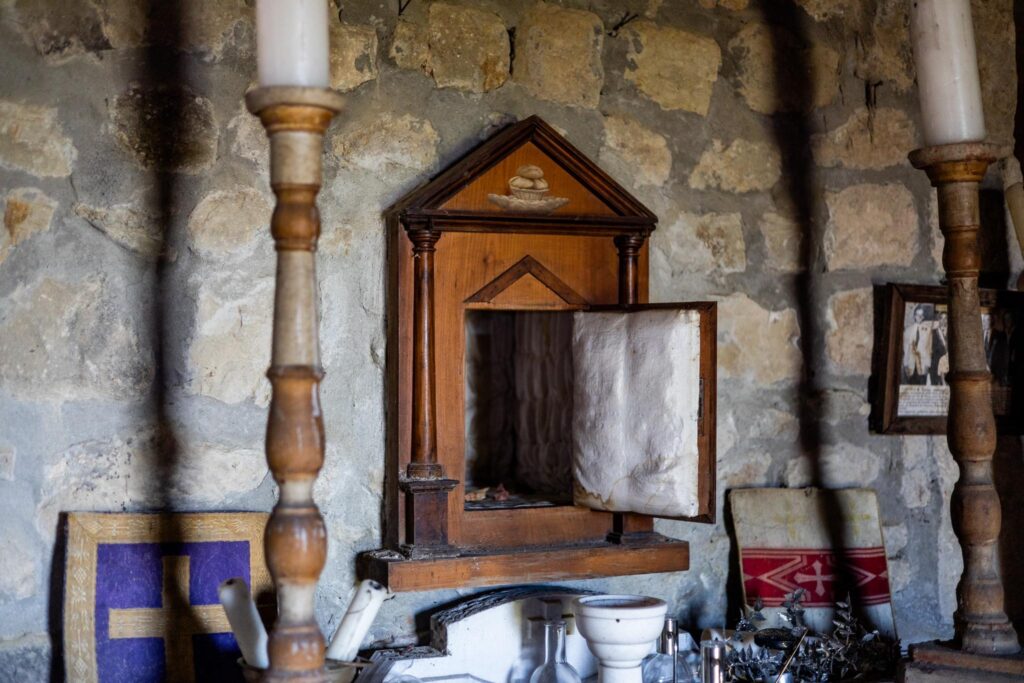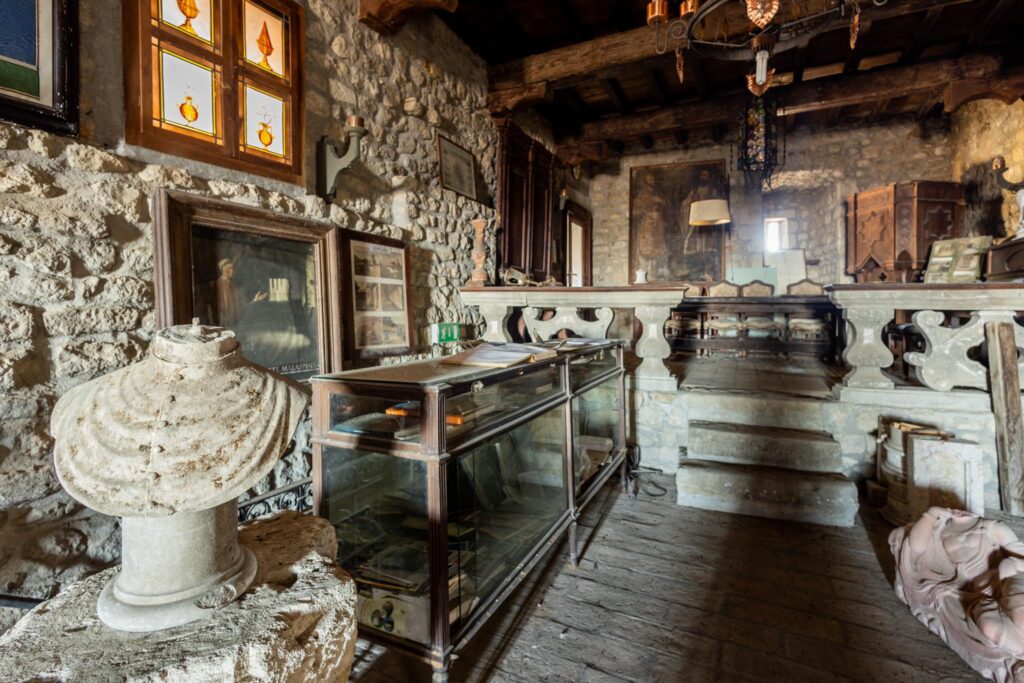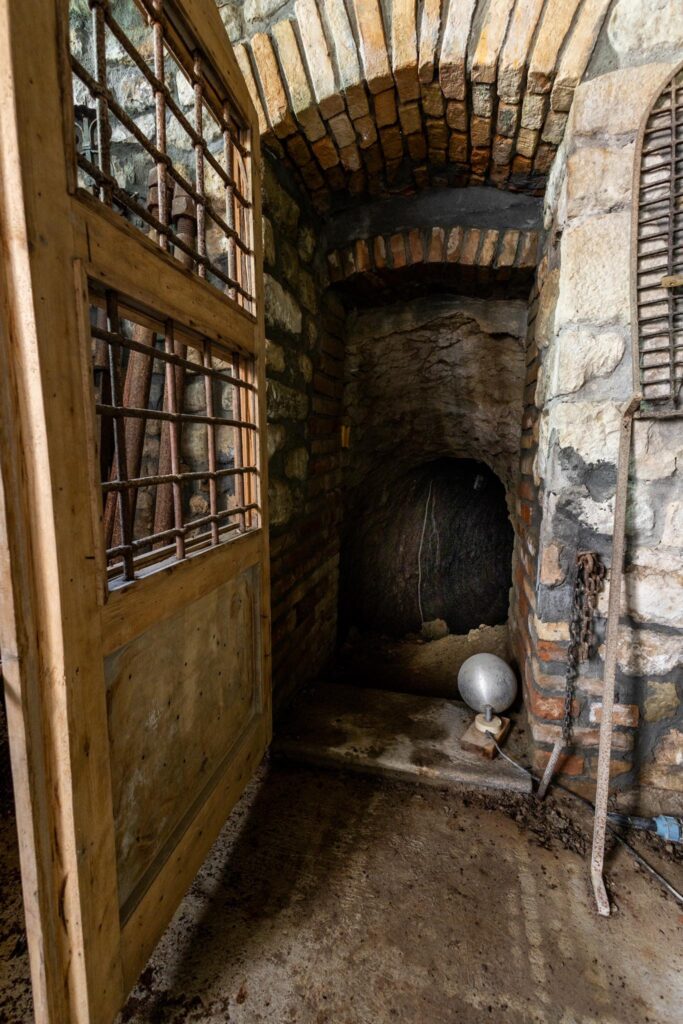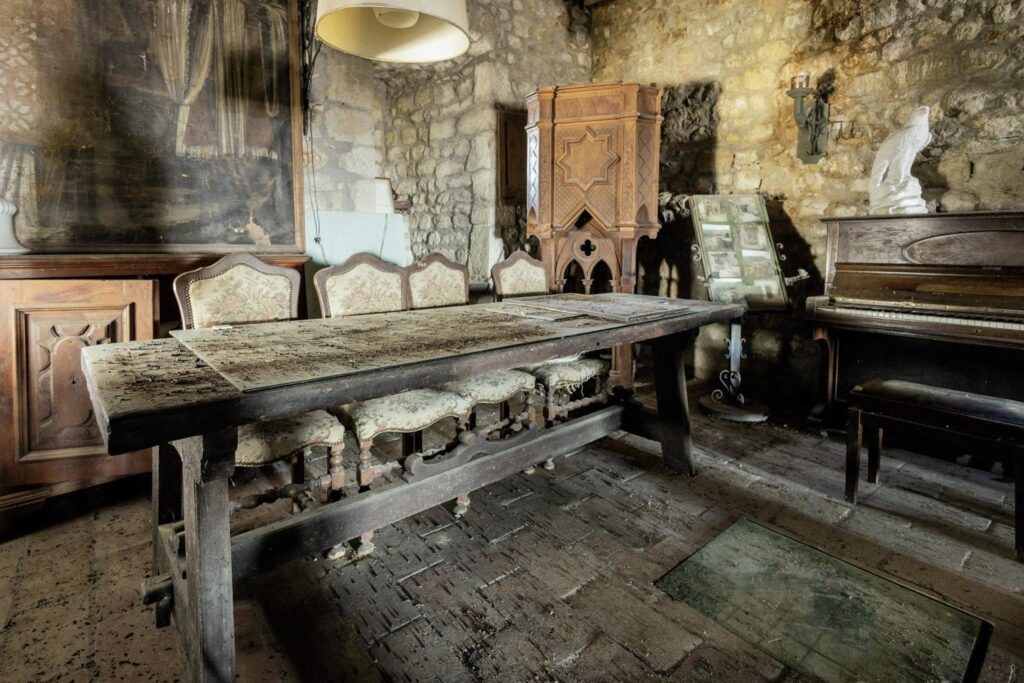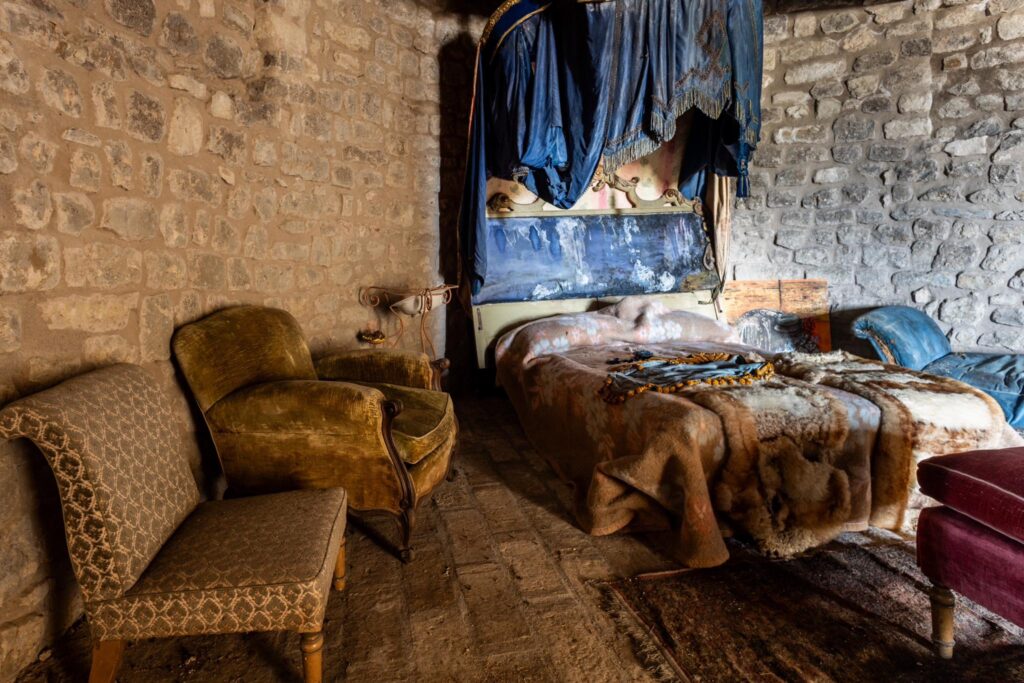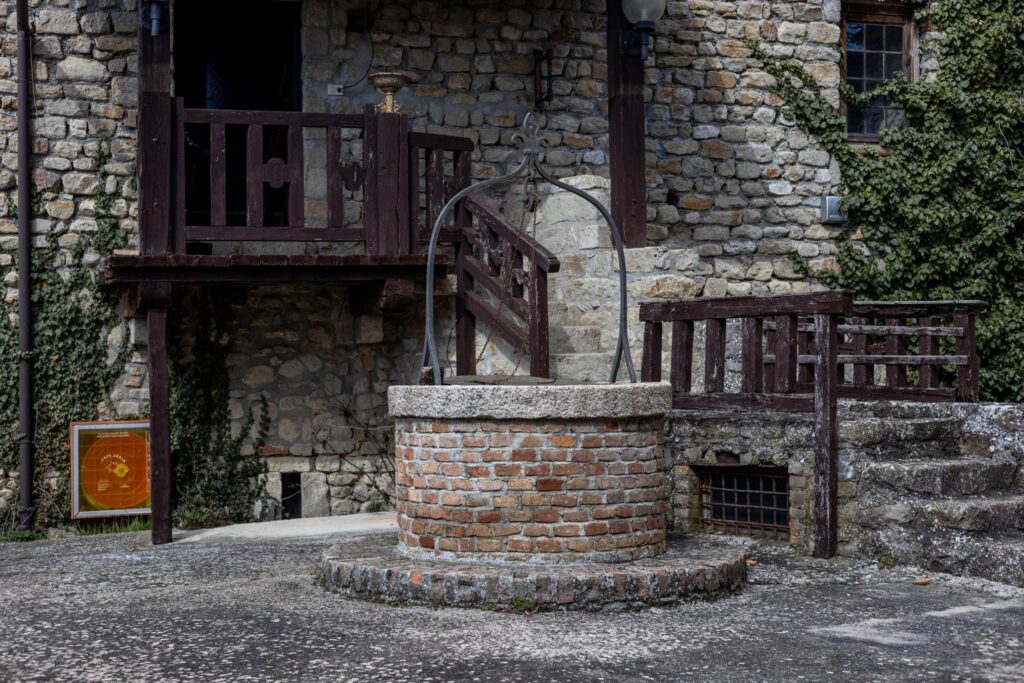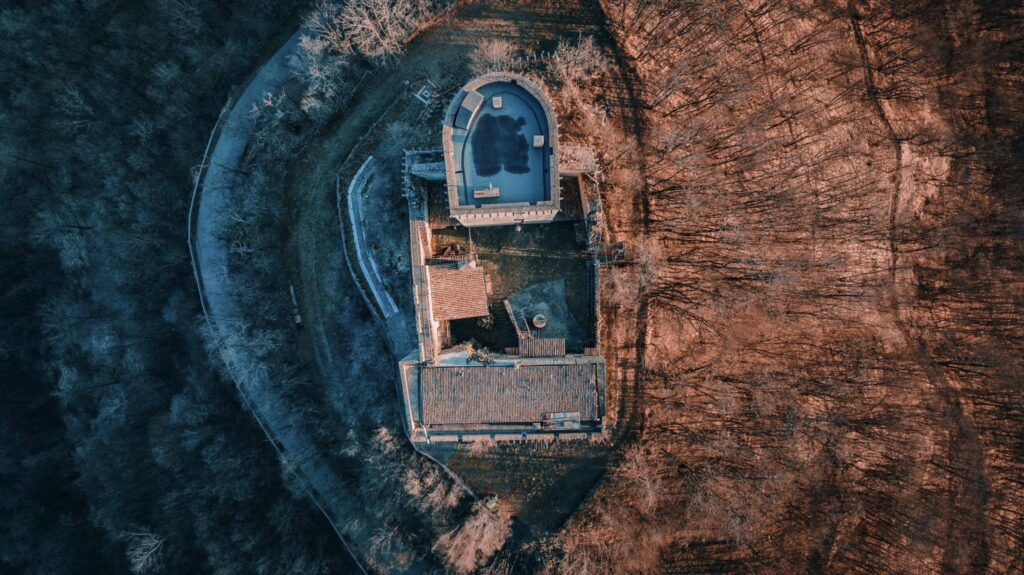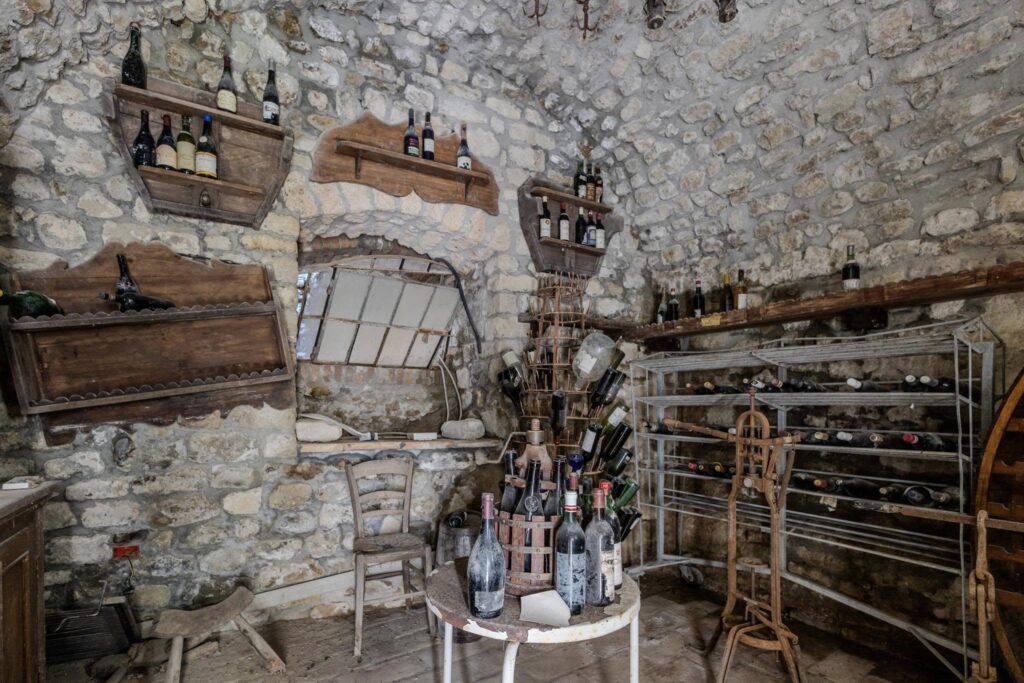Historical Origins
The Castello Longobardo, also known as the Lombard Castle, is believed to have been built between the 6th and 8th centuries AD, during the rule of the Lombards, a powerful Germanic tribe that migrated into Italy after the fall of the Western Roman Empire. They established the Lombard Kingdom, and their castles were strategically placed to control key regions.
Monte San Biagio, situated in southern Lazio, provided a commanding view of the surrounding terrain, making it an ideal location for a fortress. The Lombards utilized the elevated location not just for defense, but also to oversee ancient routes that connected inland towns to the Tyrrhenian coast.
Role Through the Ages
- Early Medieval Period: During Lombard rule, the castle likely served as a military outpost and administrative center. It may have housed a local lord or garrison tasked with protecting the nearby valley.
- Post-Lombard Era: After the Lombards were conquered by the Franks under Charlemagne in the 8th century, the castle shifted hands numerous times. It saw modifications under Norman, Angevin, and Aragonese rule.
- Feudal Era: The fortress became part of the broader feudal landscape, held by noble families who controlled the region’s agriculture and trade. It was likely expanded during this time to include living quarters, a chapel, and defensive enhancements like battlements and cisterns.
- Abandonment & Decay: By the 18th or 19th century, the castle likely lost its military relevance and was gradually abandoned, succumbing to the elements. Yet, its core structure remained intact, standing as a silent guardian over Monte San Biagio.
Architectural Details
- Main Tower (Keep): The most prominent feature in your image is the central stone keep, probably the oldest part of the complex. It served as the last line of defense and a lookout.
- Defensive Walls: Although partially ruined today, the perimeter walls would have enclosed the courtyard and outbuildings, protecting residents from attacks.
- Roofs & Courtyards: The complex features red-tiled roofs, typical of Italian countryside architecture, along with an internal courtyard likely used for daily activities and gatherings.
- Cistern/Water Tank: The top of the tower shows what appears to be a cistern or water collection system, critical for surviving sieges.
- Restorations: While some parts appear restored or stabilized, others retain their weathered, ancient look—adding to the castle’s charm and authenticity.
Natural Environment
Monte San Biagio is surrounded by dense forests and rugged hills, providing both a natural barrier and a breathtaking backdrop. The region is part of the Lepini or Ausoni mountain range, known for its biodiversity and scenic trails.
The changing seasons dramatically alter the landscape—lush and green in the spring and summer, golden and mysterious in the fall and winter. This natural setting adds to the castle’s mystique and makes it a photographer’s dream.
Cultural & Modern Importance
Today, Castello Longobardo serves as a symbol of regional heritage. While not widely commercialized, it draws history enthusiasts, hikers, and those looking to connect with Italy’s lesser-known treasures. Efforts to preserve and promote the site are typically led by local historical societies and cultural associations.
In some instances, similar castles in the region host:
- Historic reenactments
- Medieval fairs
- Guided archaeological tours
- Art exhibits or open-air theater performances
Though more secluded than popular Italian landmarks, its authenticity and atmosphere make it an unforgettable destination.
PHOTOS
